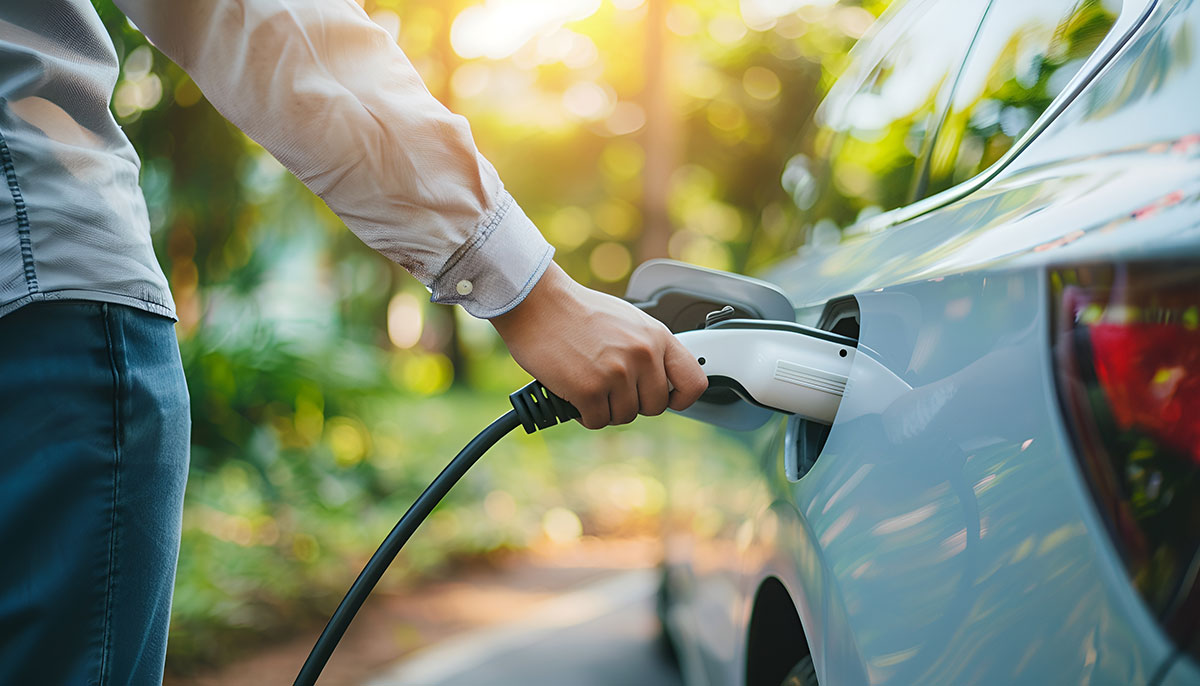Electric vehicles are no longer just a trend in big cities. They are quickly becoming part of everyday life across the country. While places like Los Angeles, New York, and Atlanta often get the spotlight when it comes to EV adoption, there is another important story unfolding. Rural America is stepping into the race to build the charging infrastructure needed to keep up with the growing number of electric cars and trucks.
As someone who works in renewable energy and has traveled widely across the South, I believe this shift in rural communities is one of the most exciting and important parts of America’s clean energy future.
Why Rural America Matters
Rural communities cover much of the United States, and they play a huge role in how energy is produced and used. These areas are home to farms, manufacturing hubs, and the highways that connect our cities. If we only focus on building charging stations in urban centers, we risk leaving behind millions of people who live outside of major metro areas.
For EV adoption to succeed, rural drivers need the same access to charging that city drivers enjoy. A farmer in Louisiana or a teacher in a small Texas town should not have to worry about running out of power just because they live farther from a city. Building out rural infrastructure ensures that clean transportation is not just for urban residents but for everyone.
The Challenges of Rural Charging
Of course, building EV infrastructure in rural America comes with challenges. Distances between towns are often much longer than in cities, which means chargers need to be placed strategically along highways and in community hubs. Power grids in rural areas can also be less developed, making it harder to support high-speed chargers without significant upgrades.
Another challenge is demand. In cities, the high concentration of EVs means stations are used more often, which helps justify the cost of building them. In rural areas, adoption is slower, so companies are hesitant to invest. This creates a cycle where people are less likely to buy EVs because there are not enough chargers, and there are not enough chargers because fewer people own EVs. Breaking that cycle is key.
Progress Already Underway
Despite these challenges, there has been significant progress. Federal and state programs are directing funding toward rural EV infrastructure, with a focus on building chargers along major travel corridors. The National Electric Vehicle Infrastructure (NEVI) program, for example, is helping states place fast chargers every 50 miles along key highways. This will make road trips through rural areas much more practical for EV owners.
We are also seeing rural electric cooperatives step up. These community-focused organizations, which provide power to much of rural America, are beginning to invest in charging stations and renewable energy to support them. Their involvement is critical because they understand the unique needs of their communities.
The Role of Innovation
Technology is helping close the gap between rural and urban EV infrastructure. Portable charging units, solar-powered stations, and battery storage systems are making it easier to set up chargers in areas with limited grid access. Automakers are also increasing the range of EVs, which reduces the fear of being stranded between charging stops.
In the South, where distances between cities can be long, these innovations are especially important. A combination of better technology and smarter planning can make rural charging networks not just possible but reliable and efficient.
What This Means for Local Communities
Building EV infrastructure in rural America is not just about convenience. It also creates real opportunities for local economies. Installing and maintaining charging stations brings jobs to electricians, construction workers, and technicians. Local businesses, such as diners, shops, and hotels, benefit when EV drivers stop to charge and spend time in town.
For farmers and rural industries, adopting EVs and related technology can lower fuel costs and reduce emissions. Imagine farms using electric trucks or equipment powered by solar energy from their own land. That kind of innovation could make agriculture cleaner and more sustainable while saving money for families and businesses.
A Cultural Shift
There is also a cultural side to this story. For many people in rural areas, trucks and long drives are part of daily life. The idea of switching to electric can feel like a big leap. But as more charging stations appear and more neighbors adopt EVs, the shift becomes easier to imagine.
We are already seeing electric pickup trucks hitting the market, and those vehicles could be game changers. When rural drivers see that EVs can handle the same jobs as their traditional trucks, the transition will feel much more natural.
Looking Ahead
The road to widespread EV adoption in rural America will not be built overnight. But the progress we are seeing gives me hope. By combining federal support, local leadership, and innovative technology, we can ensure that rural communities are not left behind in the clean transportation movement.
The future of driving in America should not depend on your zip code. Whether you live in a bustling city or a small town, you should have the ability to choose cleaner, more affordable transportation. Building EV infrastructure across rural America is not just an investment in technology. It is an investment in fairness, opportunity, and the future of our communities.
Final Thoughts
As someone who cares deeply about both clean energy and the South, I see this as an incredible opportunity. Expanding EV infrastructure into rural areas is about more than just chargers. It is about connecting people, strengthening local economies, and ensuring everyone has a place in the future of energy.
The race to build charging stations in rural America is already underway. The question is not if it will happen but how quickly and how effectively we can make it a reality. And from where I stand, the future looks bright.
